The influence of nutrition on Chronic Progressive Lymphedema
What is CPL?A lack of elastin in the skin, in the subcutaneous tissue and around the lymph nodes keeps fluid in the limb from being drained efficiently. If the fluid remains in the lower limbs for too long, the cells will expand, causing permanent swelling. The first symptoms of CPL usually occur when the horse is between 2 and 4 years of age, with the hind legs usually more badly afflicted than the front legs. In the initial stages, the skin in the pastern cavity is flaky and swollen. Thick skin folds may form with fissures in between. These will get worse over time and afflict the entire lower leg of the horse. Large calluses will form, and the horn quality of the hoof is often affected as well. Treatment options for CPLThere is currently no cure for CPL, but timely treatment can greatly limit the spread and severity of the affliction. Make sure your horse gets daily exercise, avoid bacterial infections or mite infestations, and keep feathering short. Giving your horse nutritional supplements to keep the lymph system functioning optimally may also help. The right nutrition as support for treatmentFirstly, using an omega 3 supplement is advised. Lizzie Drury, nutritional expert at Saracen Horse feeds, explains why: “Omega 3 fatty acids cannot be produced by the horse, and as such have to be supplied in the diet. It has been shown that diets high in omega 3 fatty acids can help to increase the elasticity of the skin cells, which is of great benefit for horses that are suffering from forms of skin irritation. We would recommend the Kentucky Equine Research supplement EO.3™. It’s a unique source of omega-3 fatty acids, derived from marine sources. EO.3 can more easily be absorbed by the horse’s gut than linseed or vegetable oil and is therefore more effective. If you did want to supplement with EO.3™, I suggest starting with 60ml per day.” Lizzie also recommends adding a vitamin E supplement to your horse’s feed: “There is some evidence that supporting an optimal immune system will help with symptoms of CPL. Vitamin E is a powerful antioxidant that helps to maintain immune function, as well as supporting the cardiovascular, circulatory, neuromuscular, and reproductive systems.” “We would recommend the Kentucky Equine Research supplement Nano-E. Unlike may vitamin E supplements on the market, Nano-E is a natural liquid vitamin E supplement, ensuring it is easily taken up and retained in the tissues. Studies carried out by Kentucky Equine Research have shown that Nano-E is four times more bioavailable than powdered natural vitamin E supplements, and six times more bioavailable than synthetic vitamin E supplements.” Supplements may not completely cure your horse from CPL, but they can make the affliction more bearable and slow its spread. If you have any questions or are looking for tailored nutritional advice for your horse, don’t hesitate to contact Saracen Horse Feeds nutritional expert Lizzie Drury. To get in touch, send an email to Ingnmacze@aldoottqvroeyt.be, the Belgian distributor of Saracen Feeds. |
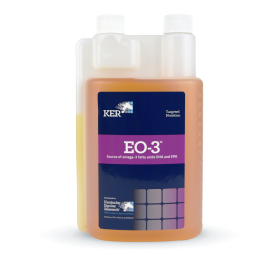 |
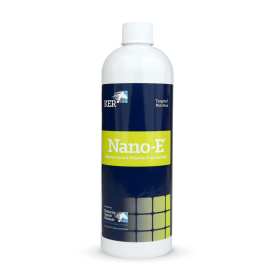 |
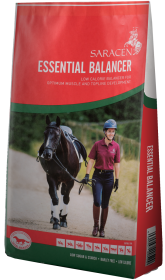 |
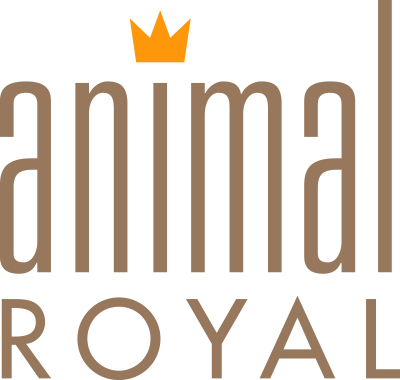
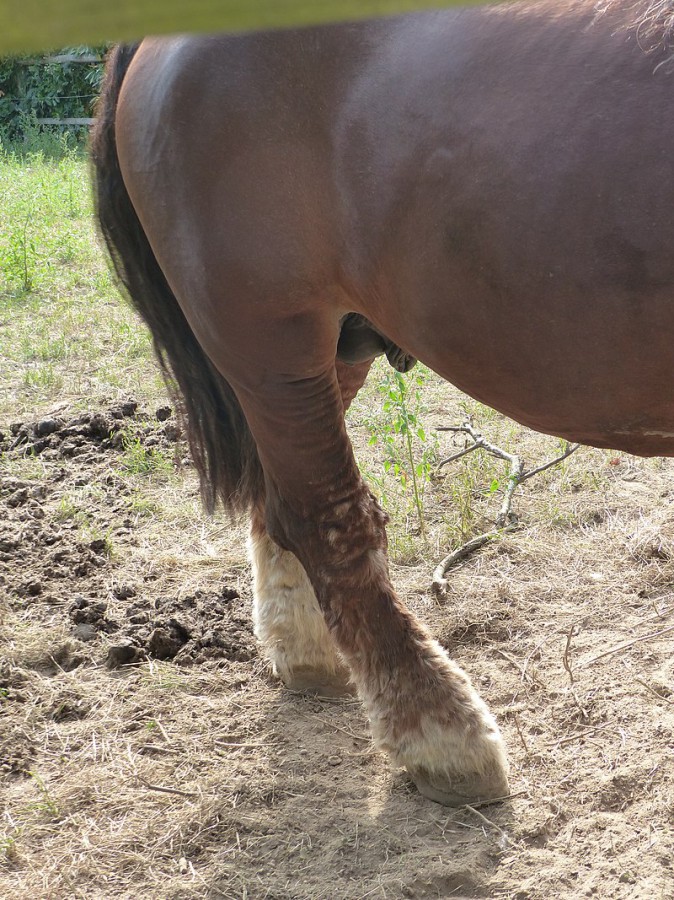 Chronic Progressive Lymphedema (CPL) is a condition that often affects, amongst others, Belgian Draft horses and Friesians. CPL sometimes gets confused with mud fever, but they are distinct afflictions: mud fever is the general name for various skin conditions that occur on the lower limbs of horses, while CPL is caused by malfunctioning lymph nodes in the subcutaneous tissue. At current, no complete cure for CPL is known.
Chronic Progressive Lymphedema (CPL) is a condition that often affects, amongst others, Belgian Draft horses and Friesians. CPL sometimes gets confused with mud fever, but they are distinct afflictions: mud fever is the general name for various skin conditions that occur on the lower limbs of horses, while CPL is caused by malfunctioning lymph nodes in the subcutaneous tissue. At current, no complete cure for CPL is known.